Yemen
Overcoming constraints to deliver aid
in the world’s largest crisis.
The crisis raging in Yemen is considered the world’s worst humanitarian emergency. When conflict erupted in 2015, Yemen was already the poorest country in the Middle East. Since then, the country’s health infrastructure and economy have been reduced to shambles, and its population pushed to the brink of famine.
Despite recurring funding worries, the humanitarian community has risen to the occasion, implementing the world’s biggest aid operation and reaching up to 15 million people per month with aid.
Delivering aid and implementing programmes would be hard enough given the scale of needs. But the ongoing conflict adds a whole other layer of risk and complications to humanitarian action.
However, under international humanitarian law, explains René Nijenhuis from OCHA, “the obligations of parties to the conflict are very, very clear: it is their obligation to protect humanitarian partners and the movements that we take”. Following a request from the Humanitarian Country Team, a notification mechanism was instituted in Yemen in April 2015.
Following a request from the Humanitarian Country Team, a notification mechanism was instituted in Yemen in April 2015. The mechanism is run by OCHA’s Notification Liaison Team (NLT). The unit serves as a conduit between UN humanitarian organizations and NGOs that wish to share their data on GPS coordinates and/or aid worker movements, and the Evacuation and Humanitarian Operations Committee of the Saudi-Led Coalition.
The NLT informs the Saudi-Led Coalition of humanitarian static locations, such as offices and guesthouses, as well as humanitarian movements in Yemen, aiming to facilitate the Coalition in meeting its obligations under international humanitarian law to promote the safe delivery of humanitarian aid in Yemen.
The notification may be temporary, for specific land, sea or air movements that humanitarians need to make – or permanent, for locations such as offices, residences for aid workers, warehouses, hospitals, schools, refugee camps, water distribution sites and food distribution points.
How does the notification system work?
For a land movement, a UN agency or NGO that wants to notify the Saudi-Led Coalition will use the dedicated platform and submit a form 48 hours in advance – or 24 hours in the case of an emergency – with detailed information on the movement, ranging from the itinerary to details of the vehicles.
After receiving the information, the NLT submits it to the Coalition, and promptly relays the acknowledgement of the movement to the agency or NGO.
As of September 2020, the NLT had submitted 41,719 notifications on behalf of humanitarian partners in Yemen, with an acknowledgement rate on the part of the Coalition of 95.25%.
The notification mechanism, however, does not constitute a legally binding agreement between any of the parties involved. As such, the safety of personnel, facilities or sites is not guaranteed – but the mechanism is still a valuable form of risk mitigation for humanitarian operators.
“This is probably the most highly sophisticated "deconfliction" system that I’ve seen in my career,” says Gianluca Buono, UNICEF Chief of Field Operations in Yemen. “Within the reality of Yemen, it enables a relatively higher degree of freedom to operate on the ground, or a higher degree of predictability.”
Watch the video below to learn more about the notification mechanism in Yemen.




